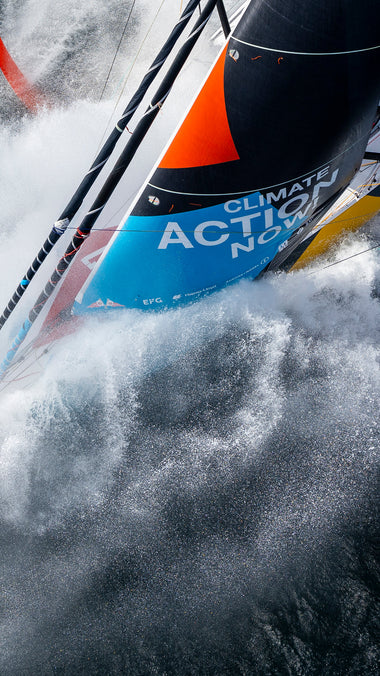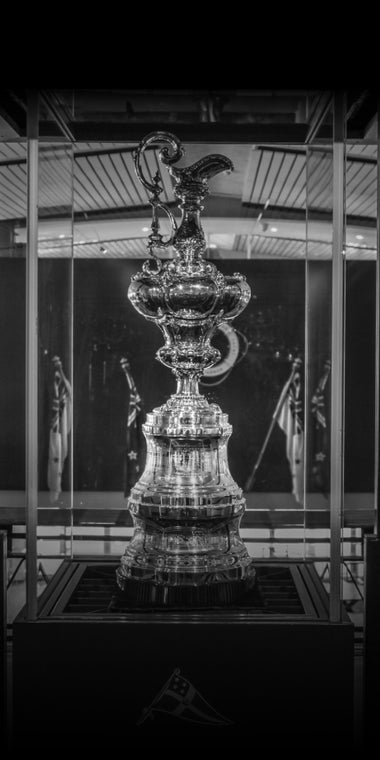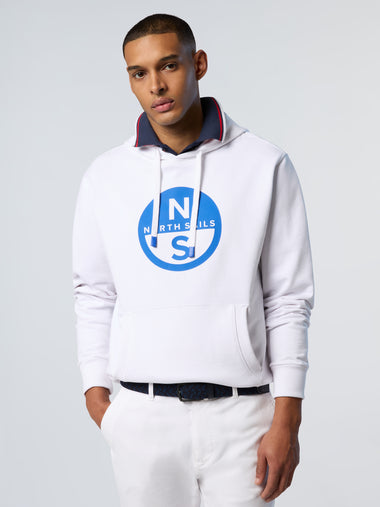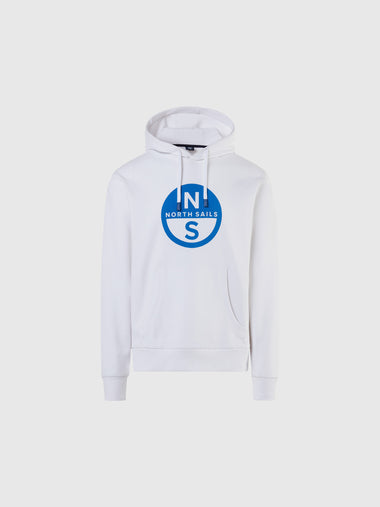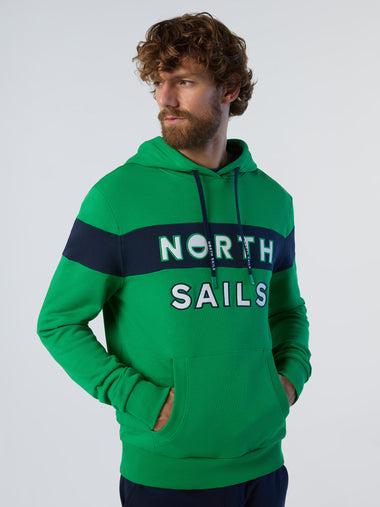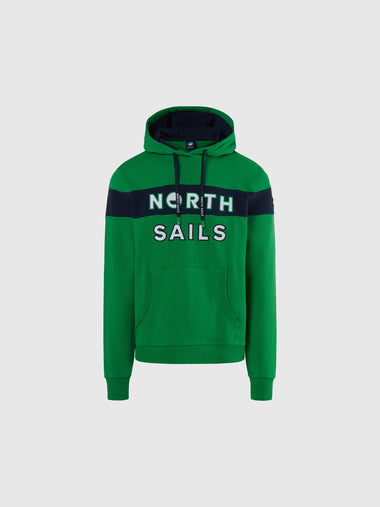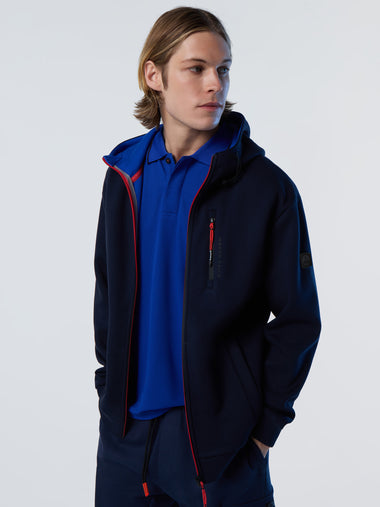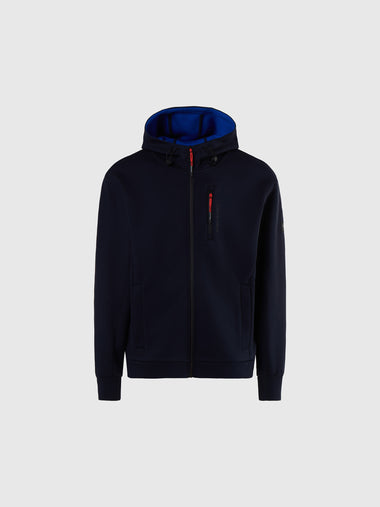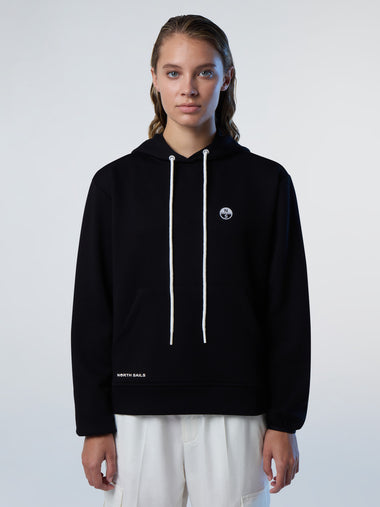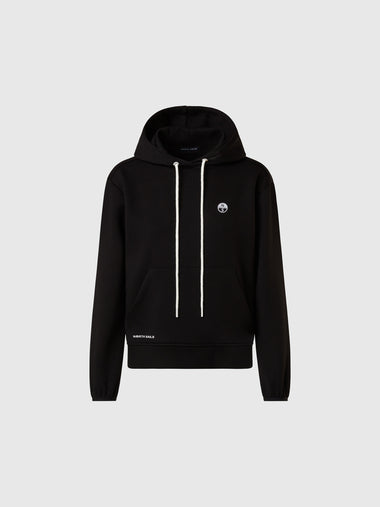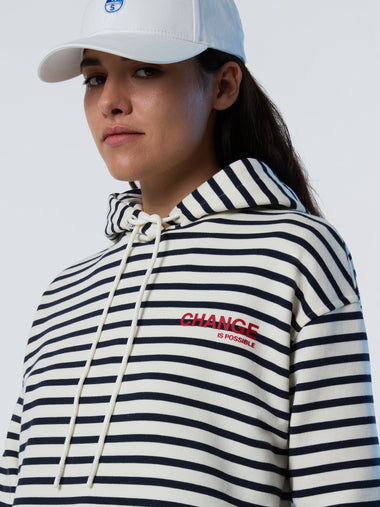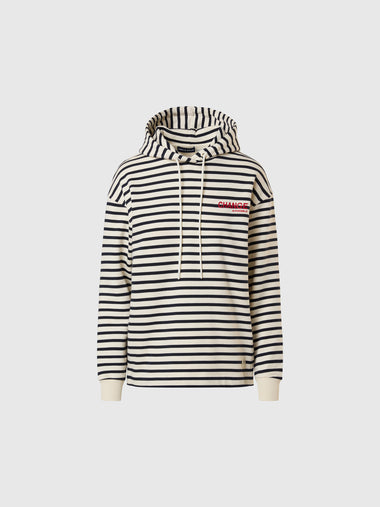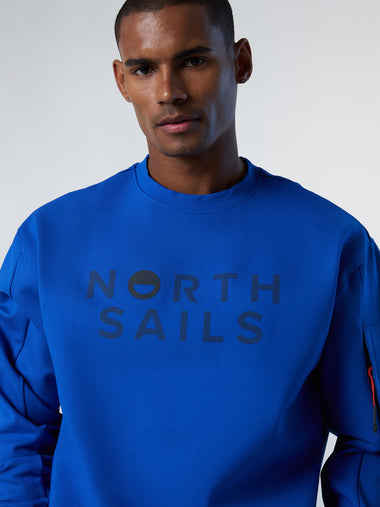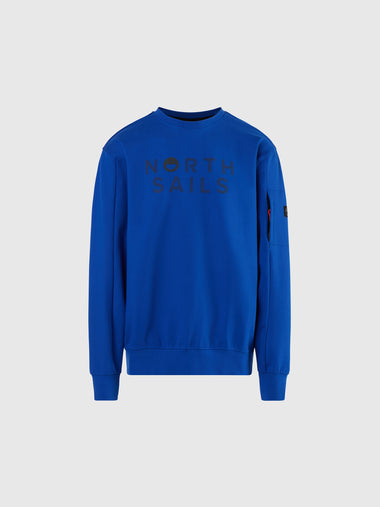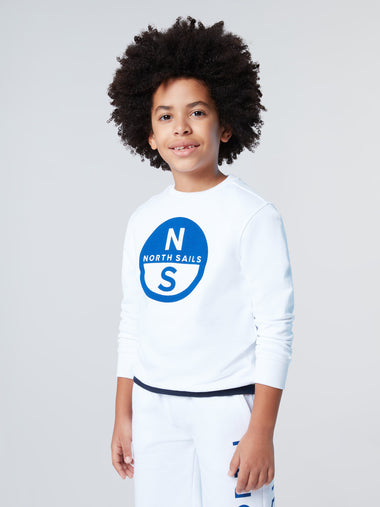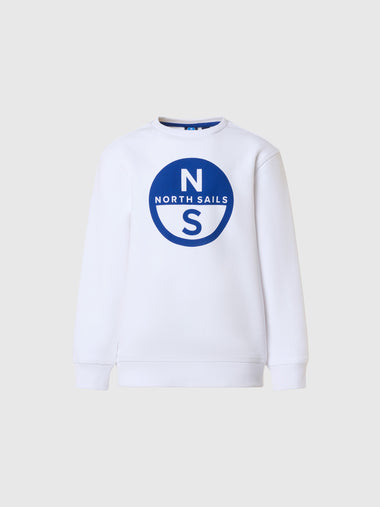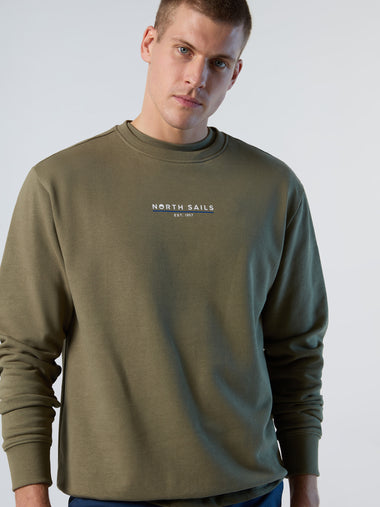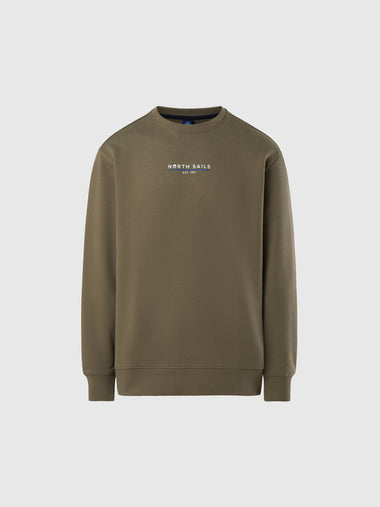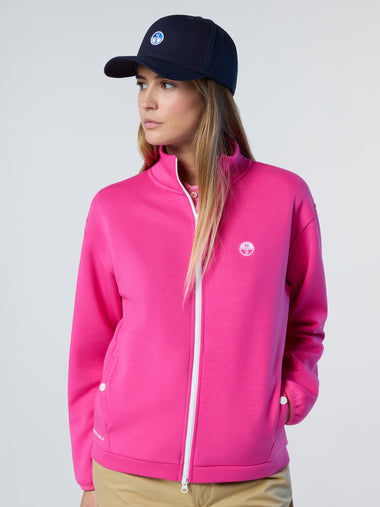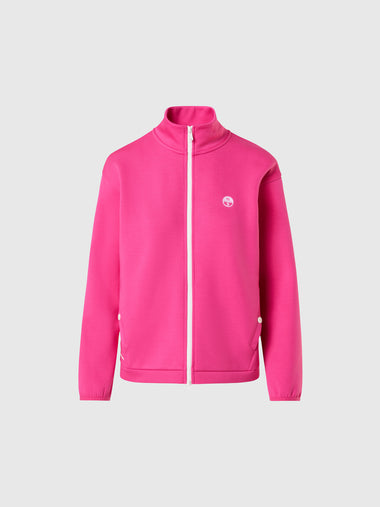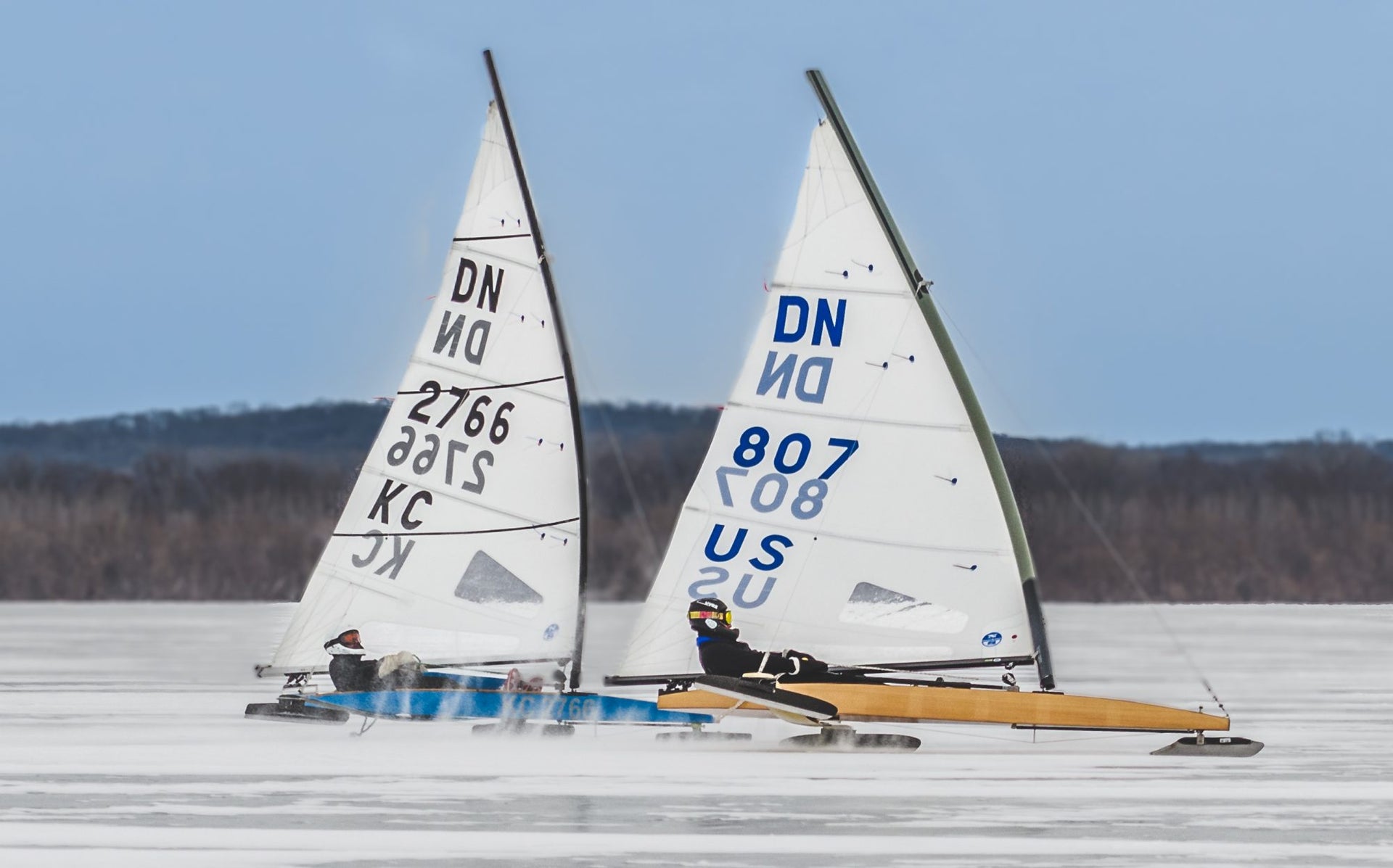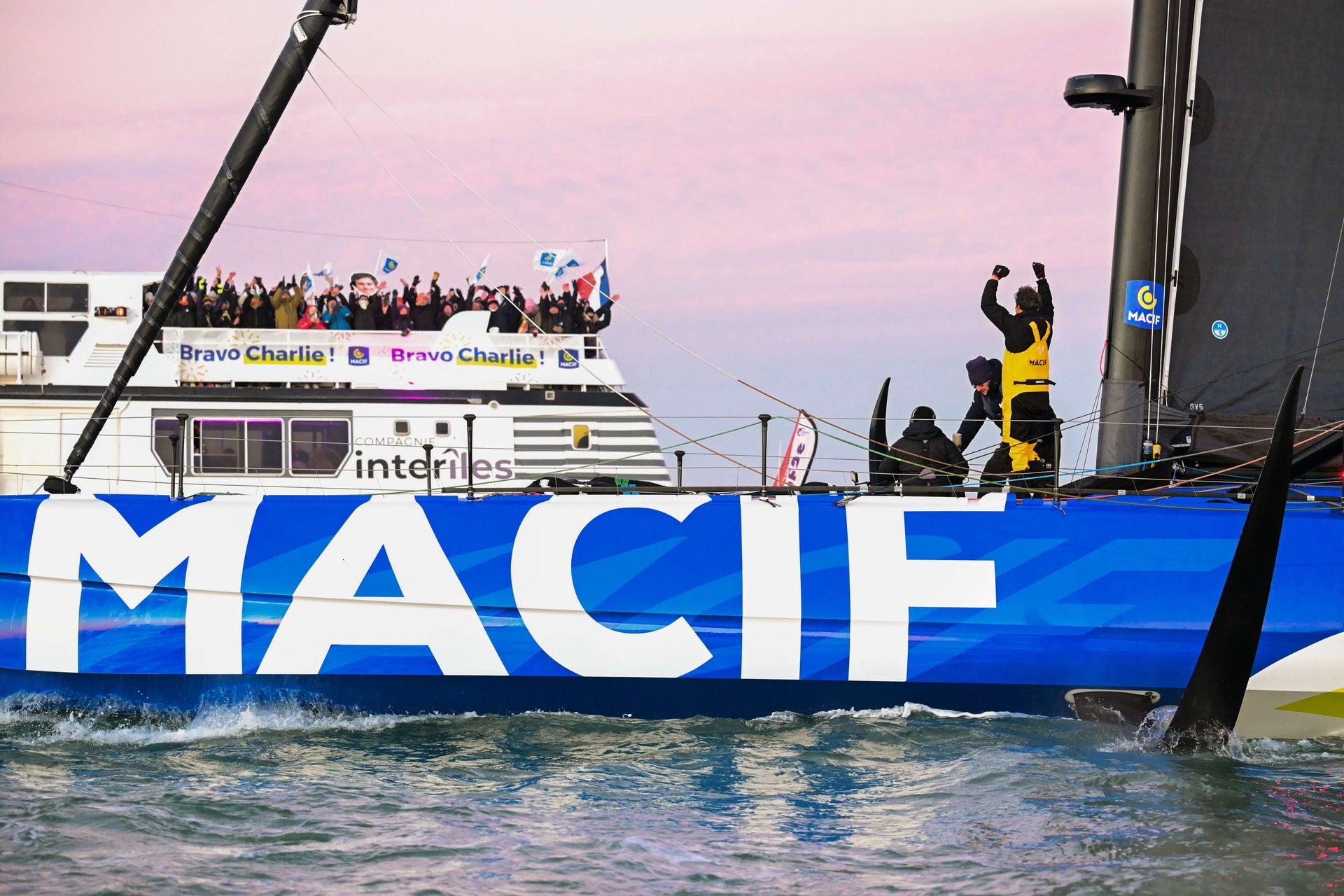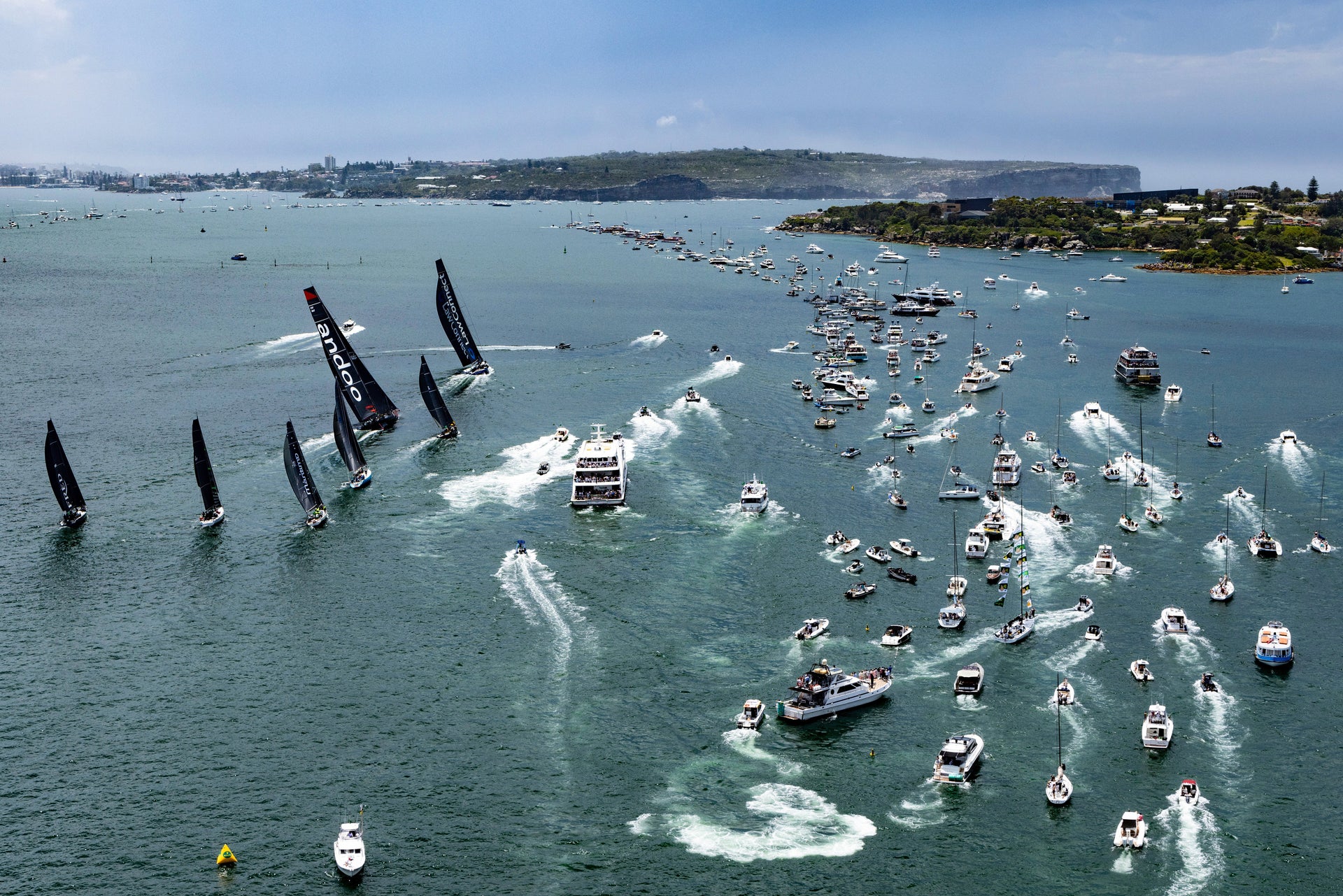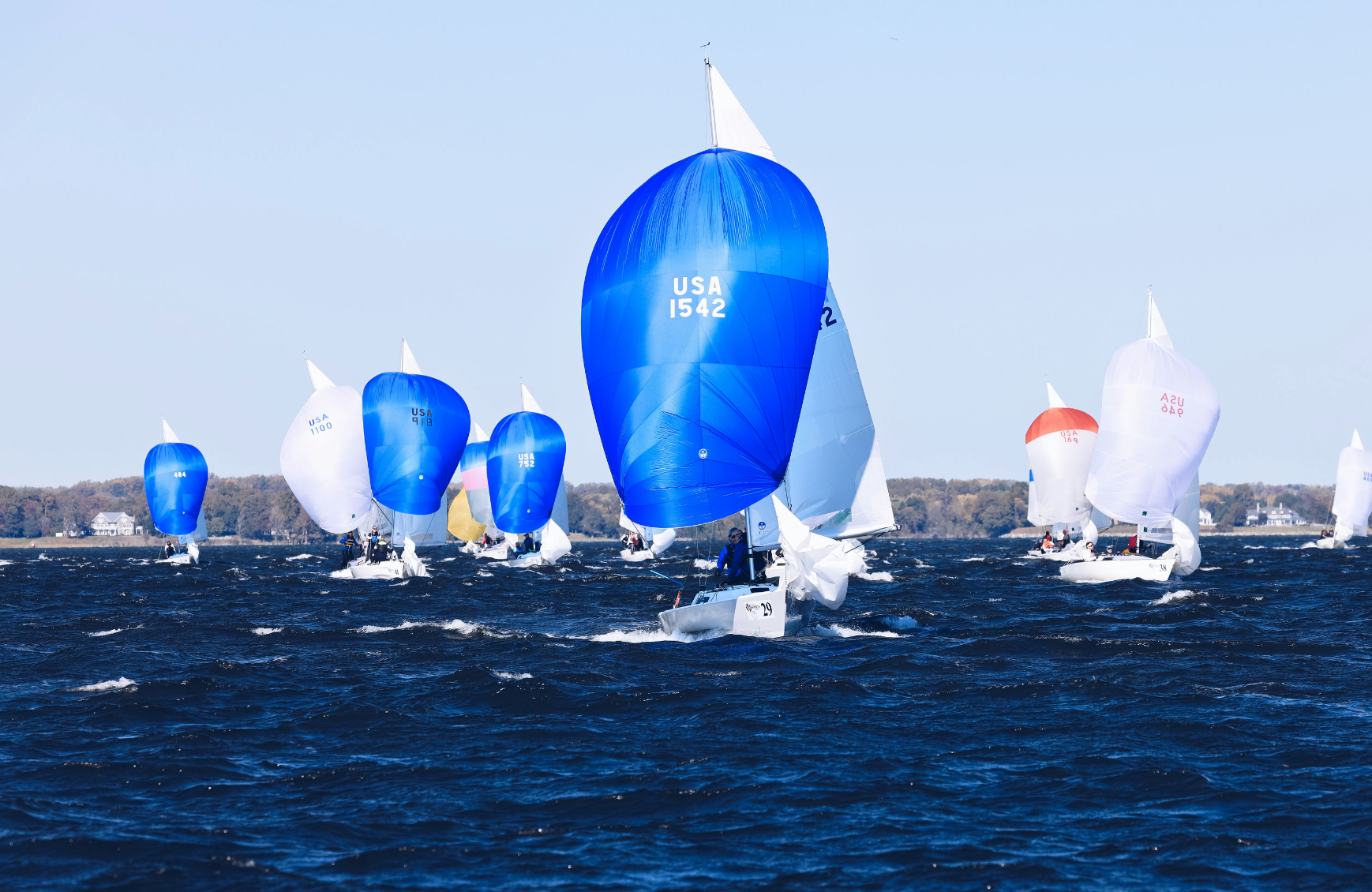TRAILERS READY, BLADES SHARP
TRAILERS READY, BLADES SHARP
Things happen fast in DN Iceboat racing—and we’re not just talking about whiplash turns, skid outs, or cheek-flapping straightaways. We’re talking about locations, too, as in where, when, and how races happen.
For “soft-water” sailors (yes “hard-water” sailing is ice sailing), planning a regatta is easy: pick a venue, nail a date, and pray for wind—but for hard-water racers, finding good ice, and better yet, scoring the rare combination of slick black magic with the right amount wind is up there with blue moons and flying pigs. More often than not, finding the ideal racecourse is a task darn near impossible, but for the nomadic and diehard ice yachters of the International DN class, it’s just another part of the sport. Our case-in-point is the most recent International DN Yacht Racing Association’s National Championship.
This past January, icemen and women gathered in Madison, Wisconsin, at Lake Monoma. The lake had good ice as far as the eye could see, but in the forecast was also an iceboater’s four-letter foe: snow.
“We knew it was coming,” says Deb Whitehorse, longtime DN Class secretary and treasurer who’s superpower is orchestrating a full regatta relocation mission from her kitchen table. “We gambled, hoping
Whitehorse and fellow DN class officers had two backups: Green Lake, about an hour and a half north of Madison, and Senachwine Lake, two hours south in Putnam County, Illinois. “Scouts” were dispatched to both locations and soon reported back: Green Lake was no good, and Senachwine was good enough. Scouts are higher-ranked DN sailors who know what to look for.

“The first thing is ice conditions,” Whitehorse says. “There can be a little snow, but not too much. We can’t have too many hazards, heaves or cracks. It has to be a large enough area for a racecourse and have access to landings for people to get their trailers to it.”
Once Whitehorse gave word Senachwine was a go, the DN armada was en route from all points, and among them was DN newcomer Eric Doyle, a North Sails sailmaker of 30 years at the sun-kissed loft in San Diego. Doyle relocated to Minneapolis two years ago and promptly joined the DN scene. He hasn’t collected a garage full of stainless runners, planks, rigs, and sails yet, but it’s only a matter of time.
“It is, as they say, the sport of gypsies,” says Doyle. “They’re ready to go, ready to wait, or ready to change venues and drive six hours
Doyle purchased his first two DNs last summer, a “woodie” from the 1960s and a “real race boat” from Rob Evans, his friend and mentor of all things iceboat racing. And like the erratic movements of DN regattas and the winter gypsies themselves, Doyle’s experience has been all things fast and unpredictable.
“I’m still learning how to get around the bottom mark,” says the Star World champion and sail designer with a distinguished career in one-design racing. “At the start, first you have to sprint—and I haven’t done any all-out sprinting since high school—and then you have to figure out how and when to jump into the boat smoothly. There’s a lot of technique involved.
“The bottom mark is really challenging because the boat starts to slide,” Doyle says.
Whitehorse bears witness to his early attempts: “I remember watching him try to figure it out,” she says. “It was very fascinating to watch.”
How so?
Well, there’s an art to going around the leeward mark, she says. “He spun out a few times. You kind of have to let out the sheet when you come around, and once he was told that, he got it immediately.”
“I just have to learn how to control it at the bottom, to have that smooth turn. There’s just this moment in time where, if you judge it wrong and you’re in that power zone… oh, man, it’s all on and you’re just sliding out of control. Plus, everyone who is waiting to start in the next fleet is there to watch you spin out,” says Doyle, who in his first DN National Championship appearance, finished fourth in Silver.
There was a fair bit on when Doyle and 54 other competitors eventually slid their three-bladed flyers onto the snow-streaked Senachwine for the first races of the Nationals in January. As a low-ranked newcomer, Doyle was automatically assigned to the Silver fleet, where he eventually faced the likes of Karen Binder, a petite museum executive director and past college sailor from Bristol, Rhode Island, who was winning every race. Binder, who is also relatively new to the class and a quick learner, is Gold Fleet material but bum luck with conditions in qualifying races relegated her to the Silver Fleet for the Championship.
“She works really hard at the technical parts,” Whitehorse says of Binder, one of several women at the top of the male-dominated class. “She’s only done it for a few years now but she works hard at it.”
Binder’s partner is James Thieler, who introduced iceboating to her in Rhode Island a few years ago. Thieler is the reigning North American champion, so one can only imagine the quality debriefs and knowledge sharing over the many daylong drives in search of good ice.
“Yes, it helps to have the right gear and the good people surrounding you,” Whitehorse says, “but Karen is the nut behind the tiller—she’s really good.”
“Karen and I had some really good battles on the last day,” Doyle says. “It was back and forth. She was too tough to beat and sailed incredibly well. That’s one cool thing about this class: I haven’t raced in big breeze yet, but in medium conditions it’s no problem at all for the women to compete at the same level. It’s about being smart and smooth and having good equipment and taking care of it. She had it down and smoked us.”
On the long drive home to Minneapolis, however, Doyle’s Senachwine experience cemented his new fascination with DN sailing. Yes, it’s unlike anything he’s ever done under sail but it’s the unpredictability of DN sailing that has his full attention. The parallels between sailing the boat and getting to the regattas is obvious to him, expressed in one rambling thought:
“Everything about it is much bigger… It’s the big ninety-degree course changes to keep the boat going. It’s the excitement of stopping, where if you stop, you have to get out and push, and while you’re doing that, there are guys still going 25 miles per hour and you’re thinking ‘oh man, I’m really losing a lot right now. And then there’s the whole thing with the regatta’s location. You’re in one place and then you gotta go somewhere else, but don’t worry, it’s only six hours. Just like the sailing, it all happens so fast. It’s just so cool.”



